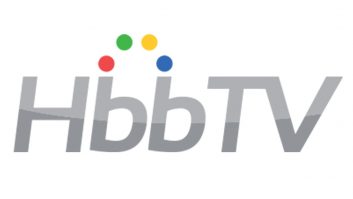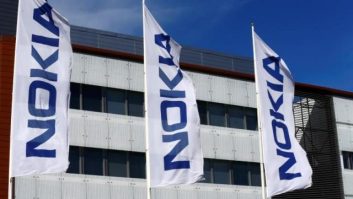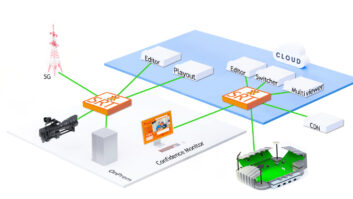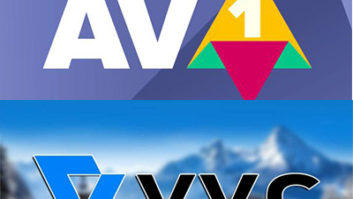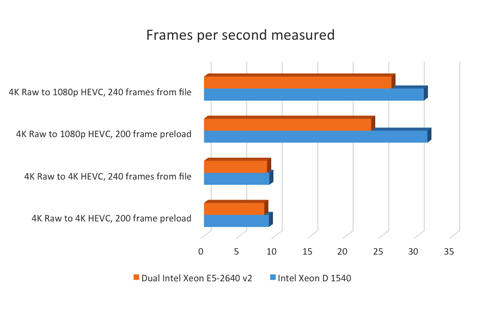
HEVC, also known as H.265, is the video codec that will allow large scale transferring of 4K video across networks. With broadcasters such as Netflix and Amazon are already beginning to offer 4K, it’s assumed that there will be substantial amount of 4K traffic by the end of 2016, encoded in H.265.
Operators and service providers have been increasingly turning to standard server technology (i.e. Intel x86) in order to take advantage of virtualisation and cloud technologies. With the next technology insertion point delayed, equipment builders and integrators are hesitating to support the new technology at a time when it is crucial to build momentum instead.
In order to enable solutions today, Artesyn Embedded Technologies has collaborated with Vanguard Video to run a set of benchmarks around encoding HEVC.
In order to create a real life scenario, the two companies ran a set of different benchmarks that model current deployment scenarios to allow operators to compare different systems in this environment.
The first benchmark scenario is based on measuring pure encoding speed. The test pre-loads the frames to be encoded into local memory and then encodes them. Then, the same task is executed with loading a file from a local hard drive.
All benchmarks are centered around encoding raw 10b422 YUV and 8b420 YUV content to HEVC with different target formats, comparing a microserver card based on Intel Xeon D family processors to a standard rackmount server system based on Intel Xeon E family processors.
Original videos from which the YUV content was derived can be found here and here.
The results show that a system based on the eight-core Intel Xeon D processor performs as well or better than a system based on a dual-socket Intel Xeon E5 2640 v2, the processor deployed in many cloud datacenters today.
Artesyn notes that its SharpServer card is based on the Intel Xeon D processor family and can be integrated with a high density enclosure, such as the company’s MaxCore platform, which can hold up to 14 dual-socket Intel Xeon D1540 cards, plus a 100G network interface card that supports load balancing across these processors. Such a configuration delivers up to 28 encoding units in a 3U server, compared to a typical 2U standard rack mount server with either a single or dual encoding unit.
